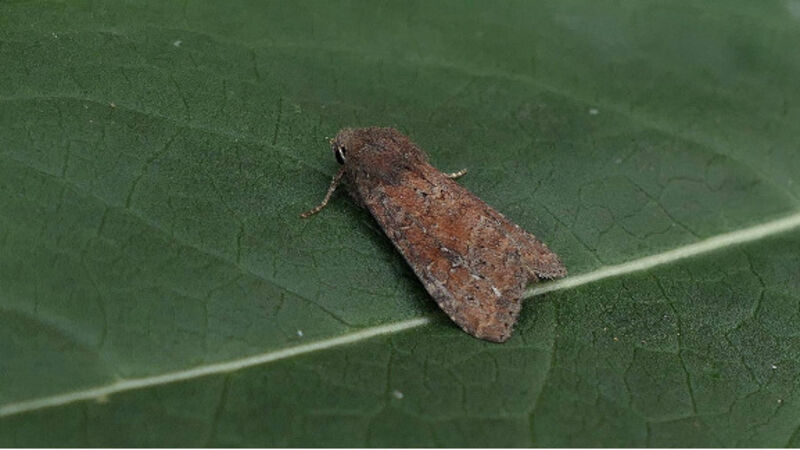Our Lazarus moth

Scientists tell us that there have, in the planet’s history, been five mass extinctions, the most famous of which wiped out the dinosaurs.
They also warn that we are experiencing a sixth, but this time species are becoming extinct at an unprecedented rate, because of human activity.
















